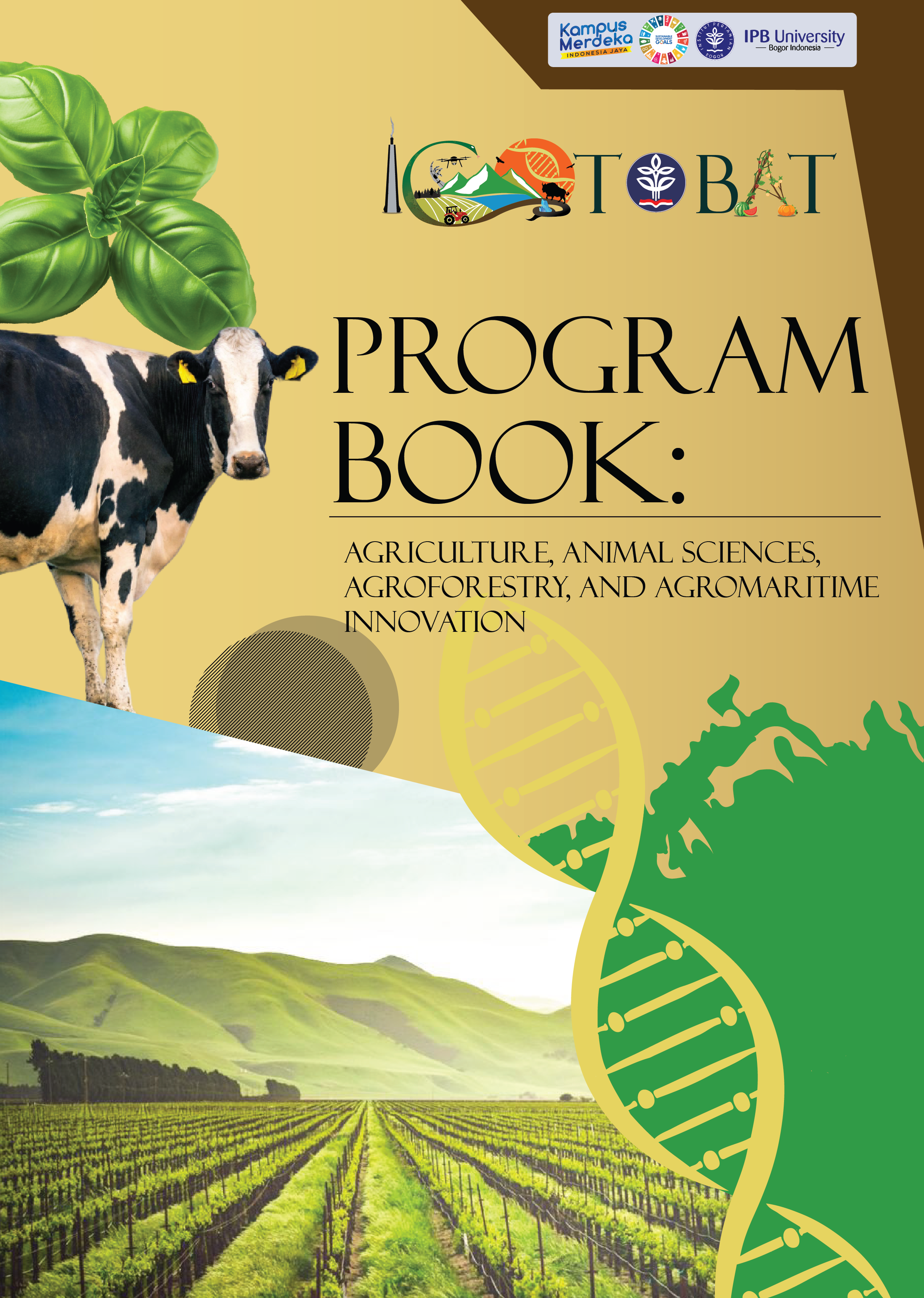Growth and Zinc Concentration in Plant Tissuesof Several Rice Fields Varieties with Zinc Sulfate Heptahidrate (ZnSO4) Fertilization
Keywords:
rice, zinc sulfate heptahydrate ZnSO4, growth, foliar fertilizationAbstract
Zinc is an essential micronutrient for rice growth. Rice grown in flooded fields is at risk of zinc deficiency. Applying zinc fertilizer through foliar spray is an effective method to meet the zinc nutrient requirement for rice plant growth. This study aimed to determine the proper ZnSO4 fertilizer dosage to provide optimal rice growth in several rice varieties. The research was carried out at the experimental garden of UNS. The first factor was the foliar ZnSO4 fertilization dosage consisting of 5 levels: without ZnSO4fertilizer (D0), 12 kg / ha ZnSO4 fertilizer (D1), 16 kg / ha ZnSO4 fertilizer (D2), 20 kg / ha ZnSO4 fertilizer (D3) and 24 kg / ha ZnSO4 fertilizer (D4). The second factor consisted of ciherang (V1), mentik wangi (V2) and rojolele (V3) rice varieties. Statistical analysis in this study used analysis of variance 5% and DMRT test at 5%. The results found that ZnSO4fertilization 20 kg / ha (D3) and 24 kg / ha (D4) for several rice varieties exhibited higher average results for all growth variables and increased zinc concentration in plant tissues compared to without zinc fertilizer treatment.






























